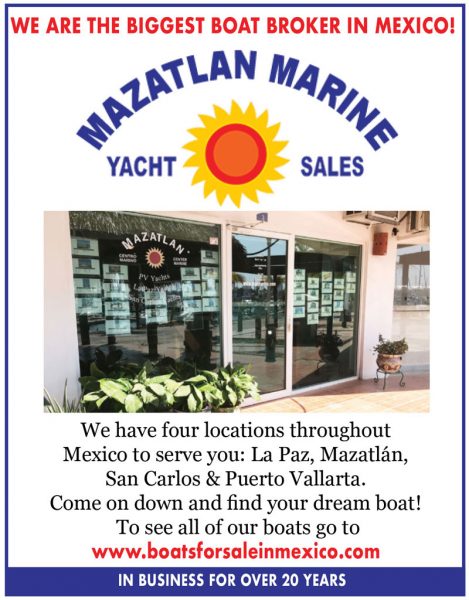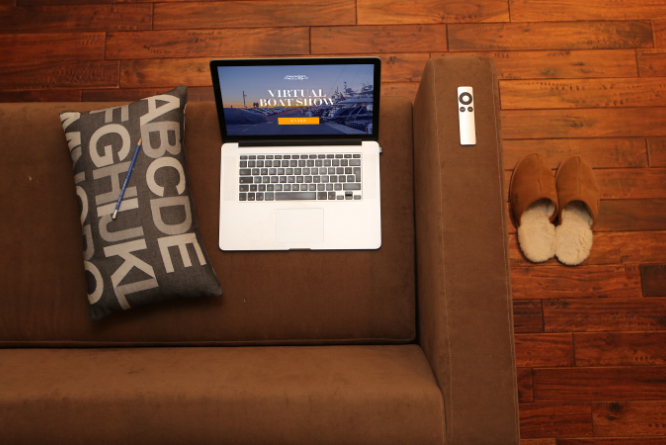
What Does Five Horns Mean?
On Thursday, the Coast Guard cited the skipper of a 25-ft sailboat for “negligent operations.”
“The sailboat crossed in front of the bow of a 550-foot tank ship on April 18 while transiting a narrow channel in the vicinity of Stockton,” a Coast Guard press release said. “The top of the mast was the only visible portion of the sailboat when the tank ship was required to take action to avoid collision.” While it’s not clear how much the April 18 offender has been fined, the Coast Guard said that owners and operators can face maximum civil penalties of $14,910 per incident for violating navigation rules.
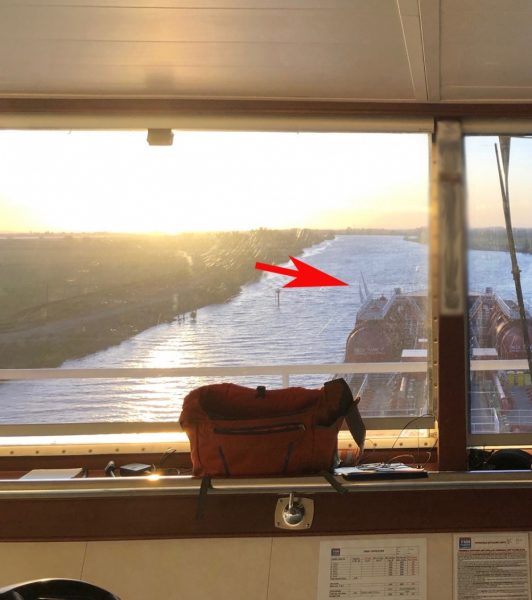
The vessel was cited for violating 33 Code of Federal Regulations (CFR) 83.09, commonly referred to as Rule 9.
“Large commercial vessels have a blind spot that often extends hundreds of feet in front of their bow,” Lt. Anna Funk, a Coast Guard Sector San Francisco investigating officer, was quoted as saying. “These ships are far less [maneuverable] than small recreational boats, and can take up to a mile and a half to stop, which means they have to take evasive action well in advance if the intentions of nearby vessels are unclear.”
The Coast Guard shared the Marine Safety and Security Information Bulletin (MSIB) 14-07, which shows a list of “narrow channels or fairways” in San Francisco Bay, as well as approaches for the application of the Inland and International Rules of the Road. “Vessel masters and operators are encouraged to report incidents that merit investigation. Reports will be investigated and may result in actions such as license suspension or civil penalties.
“For more information, contact Sector San Francisco Command Center personnel at (415) 399-7300 or Sector San Francisco Investigations Division at (510) 813-9636 or email at [email protected].”
Delta Ditch Run and More Racing Updates
Delta Ditch Run
“Hoping for a big wind shift so we can lay the mark didn’t happen,” writes Pat Brown of Stockton Sailing Club. “We have had to tack and regroup. As a result — and sorry to report — the 30th annual Delta Ditch Run has been postponed till June 12, 2021. The Regatta Committee, along with SSC and RYC members involved in Delta Ditch Run planning, met virtually on Wednesday evening to review the latest developments in plans for relaxing the restrictive directives stemming from the COVID-19 pandemic, and discuss when we might resume organized regatta events.
“After reviewing the latest information from numerous sources, including the Yacht Racing Association, the Coast Guard, state, and county, it became obvious that an event the scale and complexity of the Delta Ditch Run could not be held until the last phase of the state’s latest plan for reopening.”
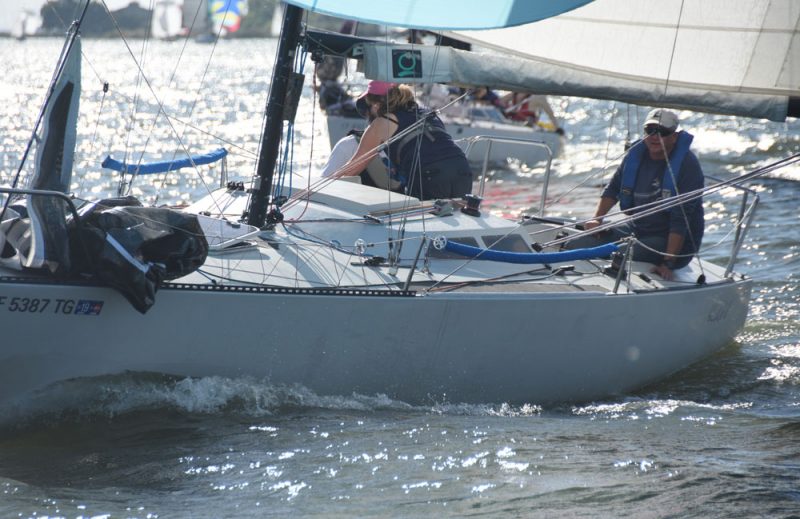
The Delta Ditch Run had been on the schedule for June 6. The race, and especially its cruising division, is a valued component of the Delta Doo Dah. However, like Summer Sailstice, the Delta Doo Dah will happen in a socially distanced and responsible manner. It’s a DIY rally anyway, and other hosted in-person events aren’t scheduled until August. Fingers crossed for those!
More Bay Area Updates
The Plastic Classic is under postponement — until 2021. Bay View Boat Club has postponed their signature regatta and post-race shindig, which had been on the schedule for July 18.
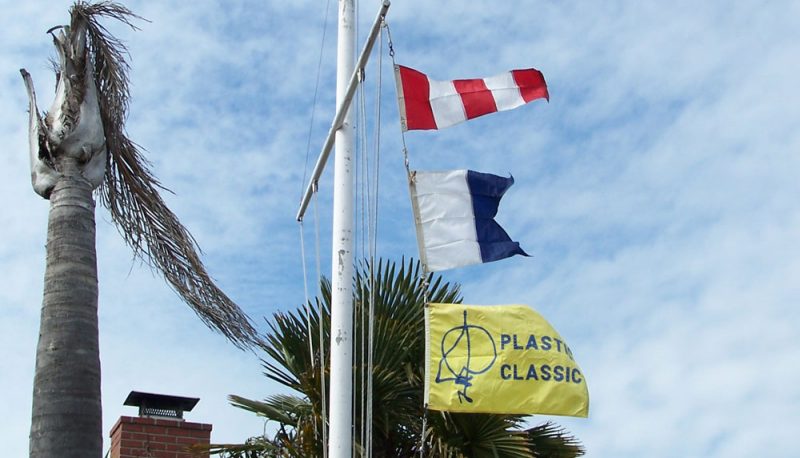
St. Francis YC has moved the Elvstrom/Zellerbach for invited dinghy classes from May 16-17 to July 18-19.
PICYA and the yacht clubs hosting the Lipton Cup have moved that competition to August 7-9, 2020. “All of the 10 clubs that had registered to participate have been notified,” writes Winston Bumpus of PICYA. “I am unaware of any withdrawals at this time, but that could change. For complete information please go to https://liptoncupsf.com.”
“It is with a heavy heart that I must inform you the Santana 22 Nationals scheduled for July 24-26 have been canceled and all races abandoned,” writes Santa Cruz YC regatta chair Stefan Berlinski, who races the Santana 22 Hamachi. “We will attempt to conduct the SODA meeting (Santana One Design Association) online at 6 p.m. on Saturday, July 25. Links will be sent to the skippers.”
US Sailing Youth Championships
The US Sailing Championship Committee chairs officially canceled the 2020 US Sailing Championships for youth. Due to this cancellation, the Athlete Selection system for the 2020 Youth Worlds is now under review. They also canceled the 2020 US Youth Match Racing Championship, US Junior Women’s Singlehanded and Doublehanded Championships, and the Chubb US Junior Championships.
“We are very disappointed about the cancellation of our Youth Championships, as we know so many young sailors have prepared and trained for a long time,” said Jack Gierhart, CEO of US Sailing. They’ll refund the registration fees.
Mazatlan Marine Yacht Sales
Stranded Sailor Finally Makes Landfall in Fiji
During the coronavirus pandemic, borders around the world have been shut to cruising yachts with precious few exceptions. One recent deviation from this rule, however, was that of 59-year-old Singaporean solo sailor Wong Tetchoong. After setting sail from Singapore on February 2, Wong began what was supposed to be a three-year adventure with many stops along the way. The coronavirus, which had just begun to make international headlines, had other plans.
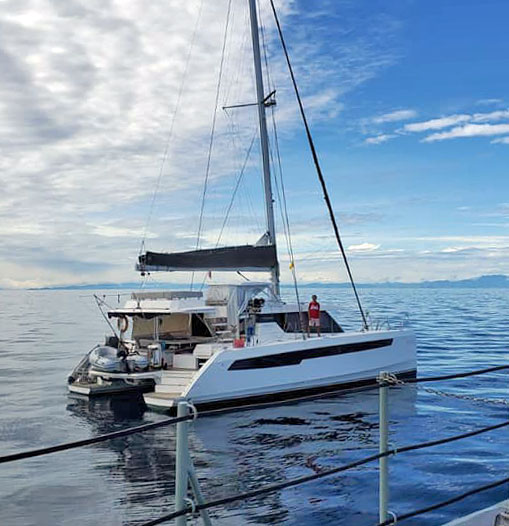
“I sailed to Papua New Guinea from Indonesia because the weather was okay. But when I reached the borders, they were closed. So I continued again to the Solomon Islands. It was also closed. Then I went to Tuvalu. They didn’t let me in, but the Tuvalu people provided me with food,” Wong told the Fiji Sun.
Six days and nights after departing the tiny South Pacific nation of Tuvalu — with a population of just 12,000 — Wong reached Fijian waters on April 28. Reporting damage to the engine, autopilot and steering of the cruising catamaran, Wong’s daughter had contacted the Fijian authorities. They granted him permission to enter. With just 18 cases of the coronavirus — almost all healed and resolved — and zero deaths in the entire nation, authorities had not let many sailors in, but made an exception for Wong.
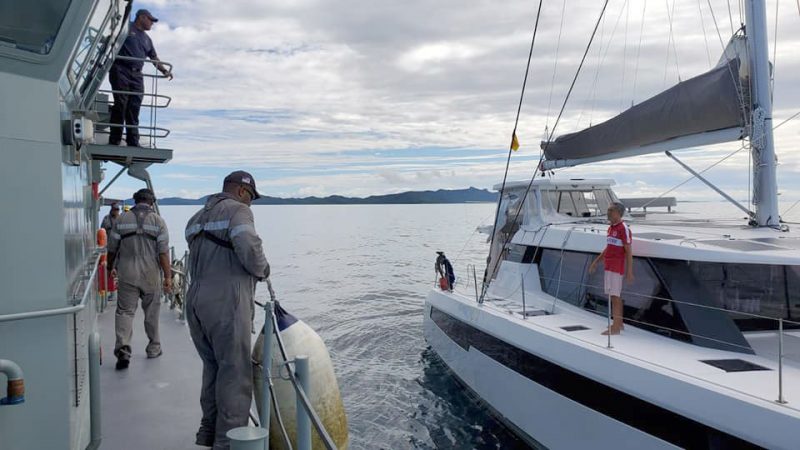
After authorities towed Wong’s disabled catamaran from the Navula Passage into Vuda Marina on the western side of Fiji’s main island of Viti Levu, they boarded the boat in full protective gear and then transferred Wong to the nearest hospital for evaluation. “He’s been sailing for a while, so the risk [that he had coronavirus] was quite low, but all the protocols were followed,” said Timoci Natuva of Fiji Navy. Wong was treated in Lautoka hospital. It had coincidentally treated the nation’s first confirmed cases, which arrived into the country on a flight from San Francisco.
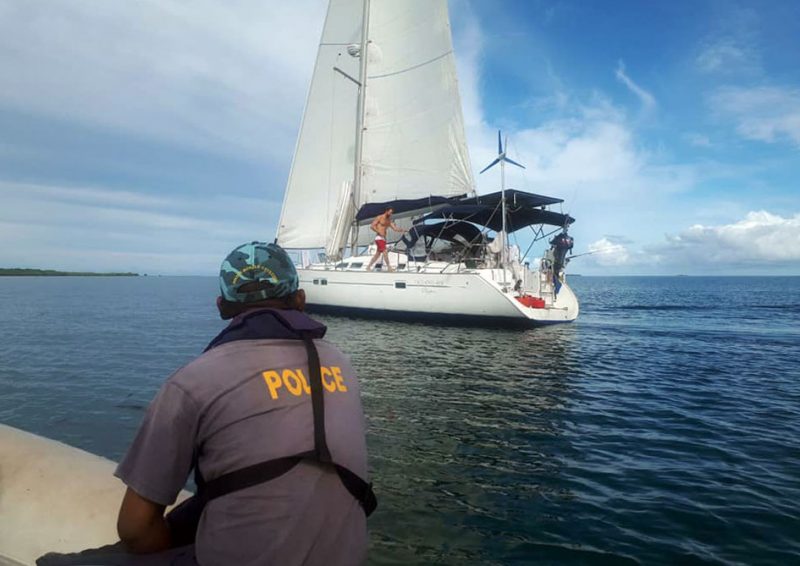
Coincidentally, one of the last cruising yachts that we know of that successfully cleared into Fiji also originated in San Francisco. Jose Miguel Castello’s San Francisco-based Beneteau 423 Carthago, a veteran of the 2015 Baja Ha-Ha, left New Zealand in late March, just before New Zealand went into lockdown. He had been granted prior approval to sail to Fiji. Fiji went into lockdown as Carthago was halfway there. Upon Castello’s arrival in Fiji, he was escorted to nearby Denarau Marina by the Fiji Navy, where he was allowed to clear in just before Cyclone Harold brought strong winds and heavy rains to the country.
Sailing and Stumbling Through History
Captain James Cook’s exploration of Aotearoa, or New Zealand, might be most significant for what wasn’t found: the fabled Great Southern Continent. Cartographers in the 18th century believed that land in the Northern Hemisphere should be “balanced” with land south of the equator. Captain Cook made what’s called a “negative discovery,” or the uncovering of what’s not there. Sailing around New Zealand’s southern extremity, Cook “called the officers upon deck and asked them if they were now satisfied that this land was an island [and not a continent], to which they answered in the affirmative.” The myth of “Terra Australis,” or the South Land, was debunked.
Cook also speculated as to the origins of the Māori people he’d met in New Zealand, and his “thinking was far ahead of his time,” wrote Tony Horwitz in Blue Latitudes: Boldly Going Where Captain Cook Has Gone Before. “As to where [the Polynesians’] homeland lay, Cook couldn’t say, but he ruled out the possibility of Pacific islanders having come from the south, and doubted they’d arrived from the vast empty ocean to the east, either. Despite the claims of Thor Heyerdahl, contemporary scholars are almost unanimous in believing that the first Polynesians migrated in canoe voyages from Southeast Asia.”
While he was researching for Blue Latitudes, Horwitz’s negative discovery was that much of the world no longer held Cook in esteem. “More than two centuries later, the insult to Māori was Cook himself,” Horwitz wrote. “One Māori activist said . . . ‘We wonder at those who would honor the scurvy, the pox, the filth, and the racism that Cook’s arrival brought to this beautiful land.'” Was Horwitz, who was a keen journalist, disappointed by this empty, anti-discovery?
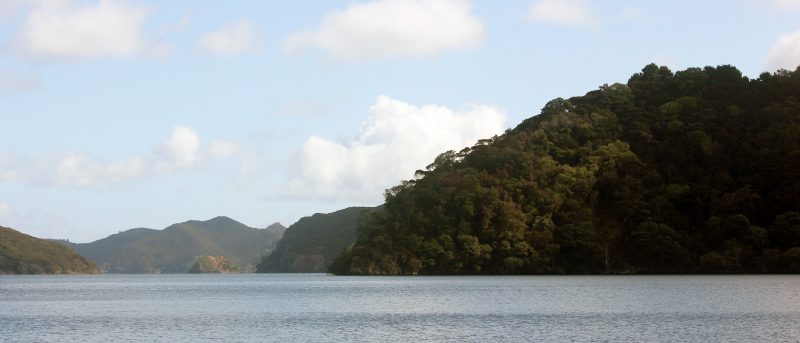
My negative discovery of Aotearoa was that the country itself was, in many ways, simply not there. New Zealand had gone into hibernation, or rather, mandatory self-isolation. Everyone was invited to stay within a small radius — a mandate antithetical to ‘explorers’. Ask me how New Zealand was, and I will likely give you a breakdown of how far grocery stores were from the marina, their selection of cold, single beers, and which establishments had the strictest rules and most ornery staff.
“As you know, adventure comes in many guises, some pleasant, some not, and some more exciting than others, but all equal to the audience when it comes time to tell the tale,” Figure 8 Voyager Randall Reeves told me in an email, “Twice now Mo and I have passed E of New Zealand and within view of Chatham Islands, but beyond that, all my experiences are [from watching] panoramas from Lord of the Rings. And as humdrum as it may seem to you, NZ under any circumstances seems exotic to me. My excitement now comes in the form of watching the tomato plants grow.”
Quarantined and desperate for exercise and ‘exploration’, I took long walk after long walk, starting with a busy bridge stretching over a big bay. On the way back from a grocery store run, near a tangle of freeway on and off ramps and stop lights, I made an unexpected ‘discovery’.
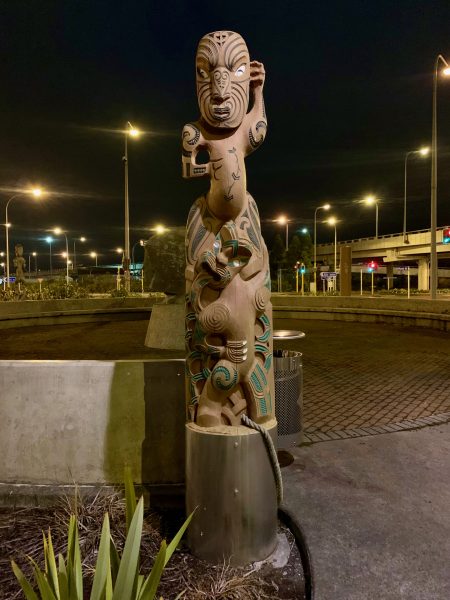
There was a circle of what I’ll call “totems,” but the Māori term is pouwhenua (pronounced roughly as poe-fin-new-ah). Like totems, pouwhenua are carved poles that tell a story; this freeway display was, according to signage, “dedicated to the memory of the kaihautu (navigators) of the voyaging waka [canoes] of the great migration, which left the homeland, Hawaii’iki, and arrived at Aotearoa during the 14th century.”
There are, I’m told, many Māori cultural sites throughout New Zealand. On my last day in the country, we saw a beautiful facility — shuttered, of course — in the coastal town of Whakatane.
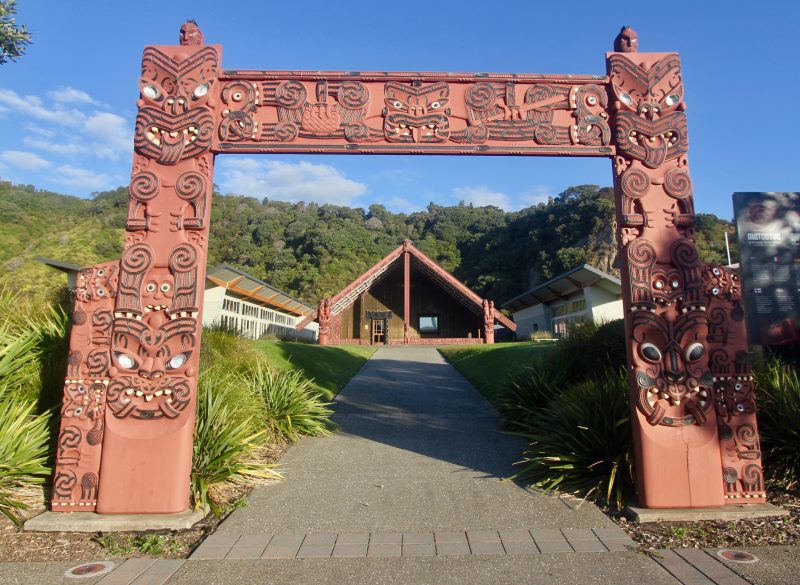
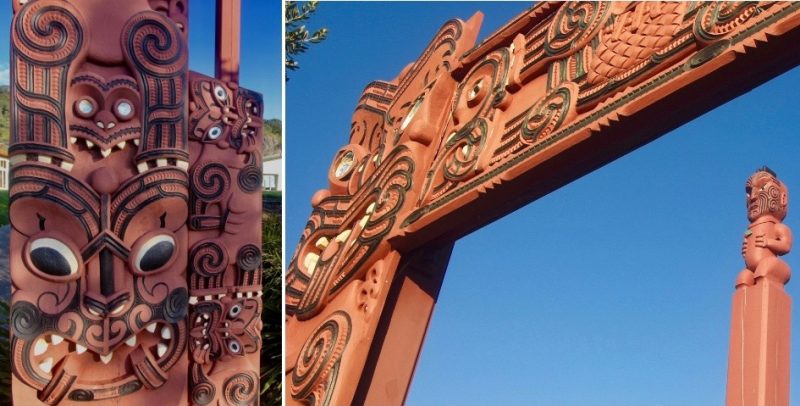
The Whakatane site was stirring and quite beautiful (from a distance), but I considered my off-the-freeway, off-the-beaten path ‘discovery’ profound, specifically because it was random — and because it honored sailors. This was one of the unexpected silver linings of pandemic tourism. Without the lockdown, I would have never taken this path less traveled. I went on to make the pouwhenua a regular stop on my grocery store/beer runs.
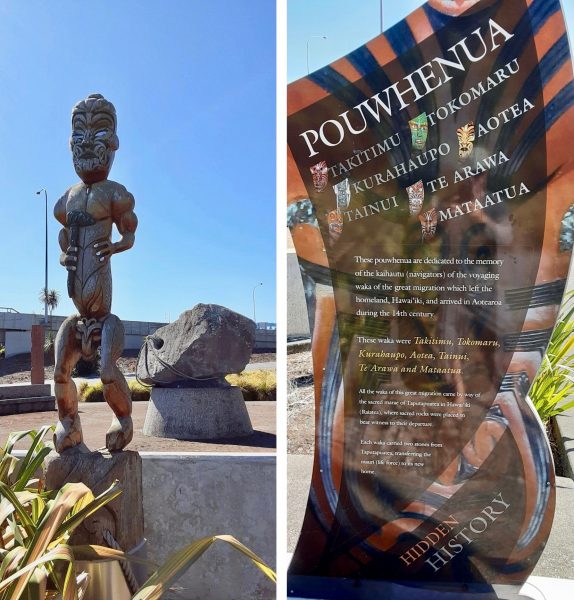
“Like most Americans, I grew up knowing almost nothing of Captain Cook,” wrote Horwitz. The same was true for me. The California equivalent to Cook might be Sir Francis Drake, whose name — like Cook’s in New Zealand — adorns streets, buildings, beaches and products. Drake is revered for ‘discovering’ California, and less revered (even excused) for being a slave trader and pirate. Still, California has inherited his legacy.
I’ve always found the sea stories of the Polynesians far more captivating than the Europeans’, even if indigenous history is a tad blurry around the edges. The Polynesians have no Niña, Pinta and Santa María, nor are there written logs of their voyages, nor oil paintings of their great captains. What Cook accomplished is truly wondrous, and we modern sailors marvel at how anyone could explore the planet with no motor, no technology and no charts.
But Cook’s feat came hundreds of years after the great Polynesian migration. “Many of the lands Cook claimed for Britain became wretched colonial outposts,” Horwitz wrote. “Disposession, like disease, must be counted as one of Cook’s legacies. From today’s perspective, the notion of ‘discovery’ also rings hollow; apart from a few empty islands, every place Cook landed had already been inhabited for centuries. In Polynesia, the true discoverers were pioneers who set off from Asia sailing canoes several millennia before Cook, eventually settling the vast triangle of ocean bounded by Easter Island, New Zealand, and Hawaii.”
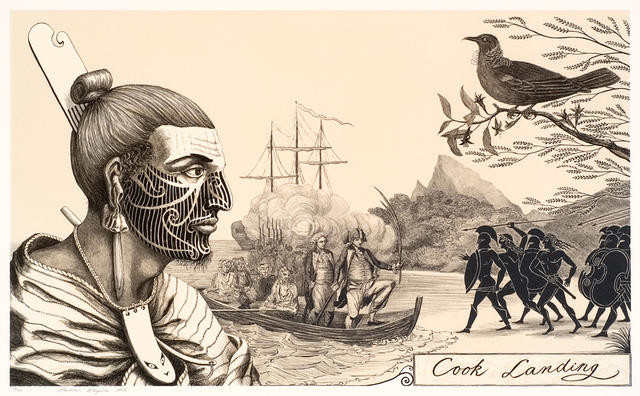
I mock my own notions of ‘exploration’ and ‘discovery’. At best, I boldly stumble where many, many people have gone before. In this sense, I don’t consider myself different from Cook and his crew, who also had beers in hand, and stumbled onto something that had already been found, named, and revered long before their arrival. This isn’t to say that Cook wasn’t a great sailor, navigator and cartographer. But his is only part of a larger narrative, and the world is finally starting to hear, respect, and celebrate other people’s stories.
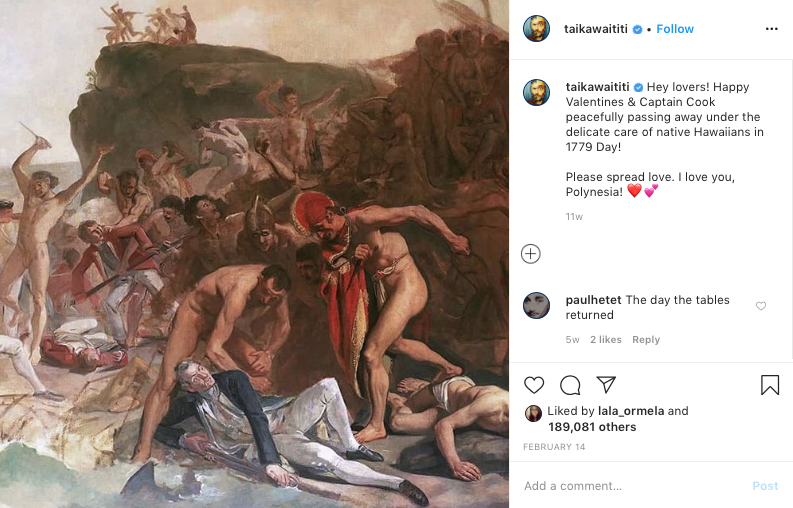
This concludes our series: The Book That Got Me Hooked on Captain Cook. Click here for Part 1, and here for Part 2.
Denison Yachting Virtual Boat Show
Denison Yachting kicks off a four-day virtual boat show today, May 8, from 10 a.m. to 6 p.m. Experience the boat show features you love. With expert personal support, exclusive live stream interviews, and the largest library of virtual boat tours, Denison’s virtual boat show brings boating enthusiasts and professionals together. ‘See you’ there!

